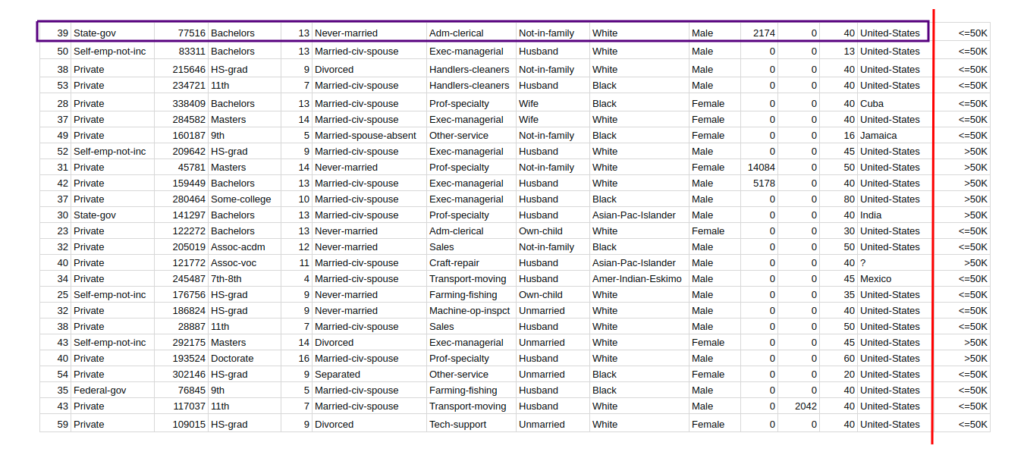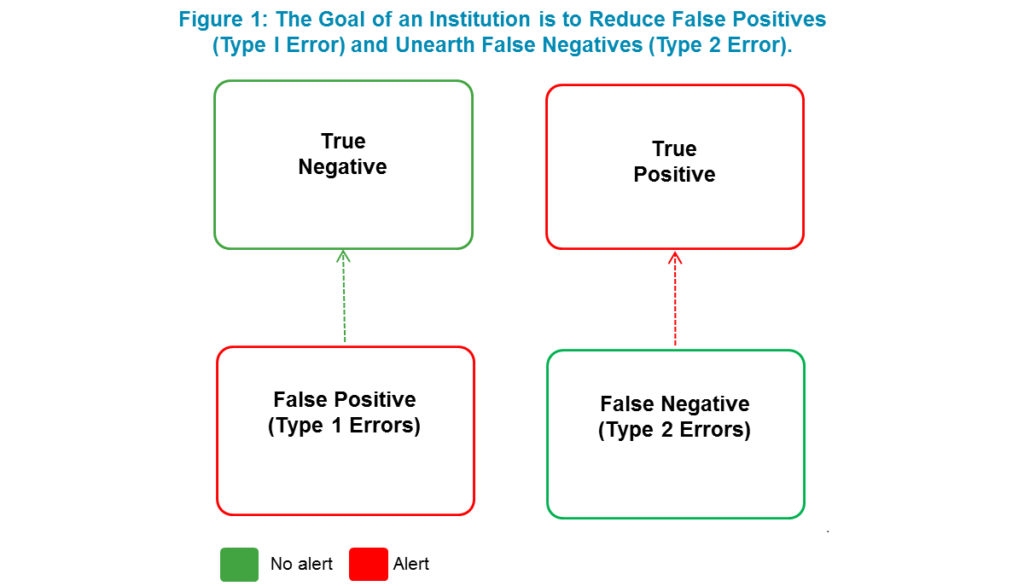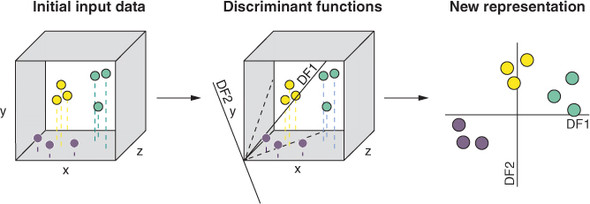The field of machine learning is rapidly growing and becoming more complex, with new technologies and techniques being developed every day. One of the key components of machine learning is mathematics, which is used to create algorithms and models that can identify patterns and make predictions. But how much math is really necessary to excel in this field?
While a basic understanding of math is essential for anyone seeking to work in machine learning, the amount of math required can vary depending on the specific area of focus. For example, those working on natural language processing may require a greater understanding of statistics and probability, while those working on computer vision may need a solid grasp of linear algebra. In this article, we’ll explore the various mathematical concepts and skills that are necessary for success in machine learning, and offer tips on how to develop and enhance these skills.
Machine Learning requires a basic foundation in mathematics, mainly linear algebra and statistics. You need to have a good understanding of calculus as well to understand the optimization techniques used in certain Machine Learning algorithms. Knowledge of probability and Bayesian networks is also essential.
In addition to mathematics, it’s important to have a good grasp of the fundamentals of computer science, such as algorithms and data structures. Knowing the fundamentals of programming languages such as Python and R is also important for developing Machine Learning models.

How much math for machine learning?
Machine learning is the scientific study of algorithms and statistical models used to make predictions and decisions. It relies heavily on mathematics, including calculus, linear algebra, probability, and statistics. In order to become an expert in machine learning, it is important to understand the mathematical concepts and principles that underpin its algorithms and models.
Statistics
Statistics is a branch of mathematics that deals with the collection, analysis, interpretation, and presentation of data. It is used extensively in machine learning to help identify patterns in large datasets and to make predictions about future data. Knowledge of descriptive and inferential statistics, including probability theory, is essential for understanding and applying machine learning algorithms.
The basics of statistics can be learned through online courses or textbooks. Additionally, there are many machine learning tutorials that provide a good overview of the fundamentals of statistics. This knowledge will be essential for building and interpreting machine learning models.
Linear Algebra
Linear algebra is a branch of mathematics that deals with vectors, matrices, and linear equations. It is used in machine learning to represent data and algorithms, to solve optimization problems, and to understand the behavior of neural networks. Understanding linear algebra is essential for anyone interested in applying machine learning algorithms.
The basics of linear algebra can be learned from online courses or textbooks. Additionally, there are many machine learning tutorials that provide a good overview of the fundamentals of linear algebra. This knowledge will be important for understanding and applying machine learning algorithms.
Calculus
Calculus is a branch of mathematics that deals with derivatives, integrals, and the optimization of functions. It is used extensively in machine learning to optimize parameters, to understand the behavior of algorithms, and to develop new algorithms. Knowledge of calculus is essential for anyone interested in applying machine learning algorithms.
The basics of calculus can be learned from online courses or textbooks. Additionally, there are many machine learning tutorials that provide a good overview of the fundamentals of calculus. This knowledge will be important for understanding and applying machine learning algorithms.
Frequently Asked Questions
Math is an important component of machine learning. It helps to understand the underlying principles and processes that are necessary for successful machine learning. This article provides an overview of the types of math used in machine learning, and answers some frequently asked questions about math for machine learning.
What Types of Math are Used in Machine Learning?
There are several different types of mathematics used in machine learning, including linear algebra, calculus, probability theory, and optimization. Linear algebra is used to work with matrices and vectors, and to understand the relationships between variables. Calculus is used to calculate derivatives, which can be used to find the optimal parameters for a model. Probability theory is used to understand the relationships between variables and how they interact with each other. Finally, optimization is used to find the best parameters for a model, given certain criteria.
How Much Math is Required for Machine Learning?
The amount of math required for machine learning depends on the complexity of the tasks that it is being used for. Generally speaking, having a strong foundation in linear algebra, calculus, and probability theory is essential for any machine learning practitioner. However, the level of proficiency required in each area will depend on the tasks being undertaken. For instance, for some tasks, an intermediate level of understanding may be sufficient, while for more advanced applications, a deeper knowledge may be necessary.
How Can I Learn the Math Needed for Machine Learning?
To learn the math needed for machine learning, it is important to start with the basics. A good understanding of linear algebra, calculus, and probability theory will provide a solid foundation. There are many resources available online, such as online courses, tutorials, and books, which can help to build a solid understanding of the necessary concepts. Additionally, there are many tools available to help with specific tasks, such as optimization or data analysis.
What Other Skills Are Needed for Machine Learning?
In addition to math, there are many other skills needed for successful machine learning. These include programming, data analysis, and data visualization. Programming skills are necessary to build models and work with data. Data analysis skills are needed to understand the data, and to identify patterns and trends. Finally, data visualization skills are needed to create meaningful visualizations of data, which can help to identify trends and relationships.
What Is the Difference Between Statistics and Machine Learning?
Statistics and machine learning are both forms of data analysis. However, there are some key differences between the two. Statistics involves drawing conclusions from data through the use of mathematical models. Machine learning involves using algorithms to identify patterns and trends in data, and to make predictions. Machine learning requires more mathematical knowledge than statistics, and is more suitable for larger and more complex datasets.

In conclusion, the amount of math required for machine learning is significant. While it is not necessary to have a Ph.D. in mathematics to become a machine learning expert, it is important to have a solid understanding of key mathematical concepts such as linear algebra, calculus, and statistics. These concepts form the foundation of many machine learning algorithms and are therefore essential for building and optimizing models.
However, the good news is that there are many resources available to help aspiring machine learning professionals improve their mathematical skills. Online courses, textbooks, and tutorials are all great ways to learn the necessary math for machine learning. Additionally, many machine learning frameworks and libraries abstract away much of the underlying math, enabling developers to focus more on the application of machine learning algorithms rather than their mathematical implementation. With dedication and hard work, anyone can become proficient in the math required for machine learning and make meaningful contributions to this exciting field.



